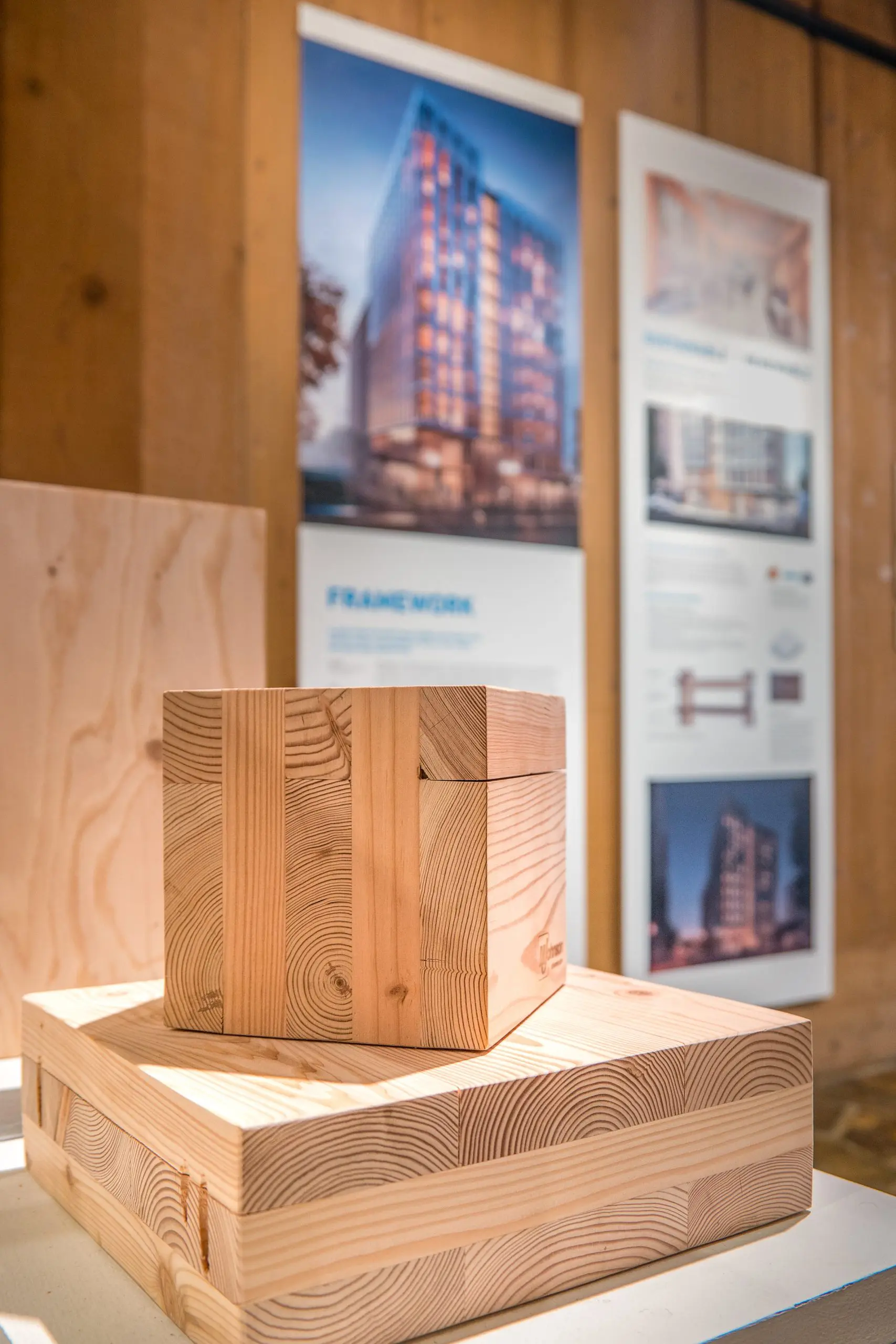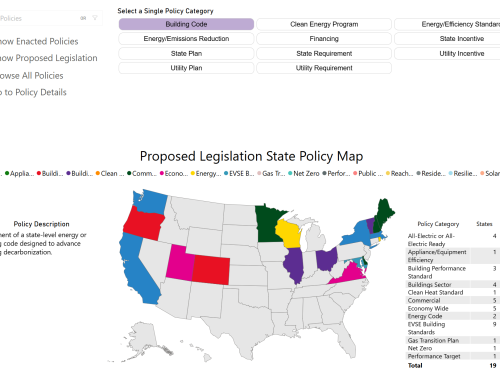
The U.S. Enviromental Protection Agency (EPA) just released a request for information (RFI) that could help revolutionize the way embodied greenhouse gas emissions are tracked.
For context, the EPA was allocated $350 million through the Inflation Reduction Act (IRA) to help reduce embodied carbon in the buildings sector. The agency’s goal is to boost demand for low-carbon materials. The EPA is also tasked with creating a product labelling system based on cradle-to-grave lifecycle assessments.
The premise of any RFI is to solicit feedback and collect expert advice before money is doled out. In this case, the EPA wants to know which materials they should prioritize. The document explicitly mentions manufactured products like concrete, as well as bio-based materials (e.g., mass timber).
We’ll focus on some options the EPA has for the latter group, as we’ve already covered cement and steel in our newsletter. Materials like wood, straw, and bamboo are often considered anachronistic, relics of a pre-industrial buildings stock. But just because these natural resources have been used in the past doesn’t mean they can’t be revamped to mitigate building sector emissions today.
In fact, organic materials can be just as practical as manufactured ones and have the added benefit of natural carbon sequestration during their growth process.
Mass timber – a better way to build with wood
If you’re a building materials nerd, you may have heard of CLT (cross-laminated timber) and GLT (glued laminated timber a.k.a., “glulam”), the two primary forms of mass timber. Both products are comprised of layers of thin, glued-together wood. What makes CLT especially intriguing for building design is the 90-degree angle at which the layers are stacked – if you’ve ever played Jenga, you can get a good visual.
If you want a more in-depth look at how CLT is manufactured, check out this video by WoodSolutions.
So, why utilize mass timber instead of concrete and steel? From a decarbonization perspective, it’s straightforward: CLT and GLT contain far less embodied carbon. While predictions vary depending on factors like location and percent of building mass, emissions reductions as high as 40 percent are achievable with mass timber solutions.
And emissions reduction isn’t the only benefit. Because mass timber is prefabricated, it accelerates the construction process and generates less waste. It also chars rather than burns, making it far more fire resistant than your regular 2x4s.
The bio-based future is now
Innovative and exciting timber projects are already happening around the world. Europe (and especially Scandinavia) have a head start, but the United States is quickly catching up.
In 2019, the mixed-use Mjøstårnet building in Norway became the world’s tallest timber structure on record at 280 feet. This revolutionary piece of architecture was constructed using glulam beams, diagonals, and columns alongside CLT stairwells and elevator shafts. Three years later, the Ascent MKE apartment building in Milwaukee, Wisconsin surpassed it by just four feet to claim the top spot.
Both buildings demonstrate that mass timber construction is – in all senses – on the up-and-up.
Bamboo: the decarbonizing super-grass
While the market for bamboo is less mature than mass timber, its potential for carbon sequestration is even higher. According to a study by BamCore, bamboo has 4.5-6 times the carbon storage potential of wood.
Bamboo also has the advantage of rapid growth. Whereas the softwood trees needed for mass timber take decades to mature, bamboo can be harvested just six to nine years after planting.
However, unlike mass timber, the quality of bamboo is inconsistent and can be susceptible to fire and rot if the proper steps are not taken. Additional studies and pilot projects are needed to build trust in this niche material (EPA, we’re looking at you!)
Ensuring true sustainability
While both timber and bamboo are sustainable options that can dramatically reduce embodied carbon in buildings, there are some real risks. Namely, deforestation and the proliferation of monoculture forests.
Additionally, more research is needed on the upstream and downstream environmental impacts of mass timber – the fuel burned to fell trees and the carbon released from decomposition, for instance.
These potential externalities underscore just how important product labels will be in determining the best way to decarbonize our building stock.
|
Photo Credit: Cross Laminated Timber (CLT) Exhibit in Portland, Oregon by Wasim Muklashy via Shutterstock |



